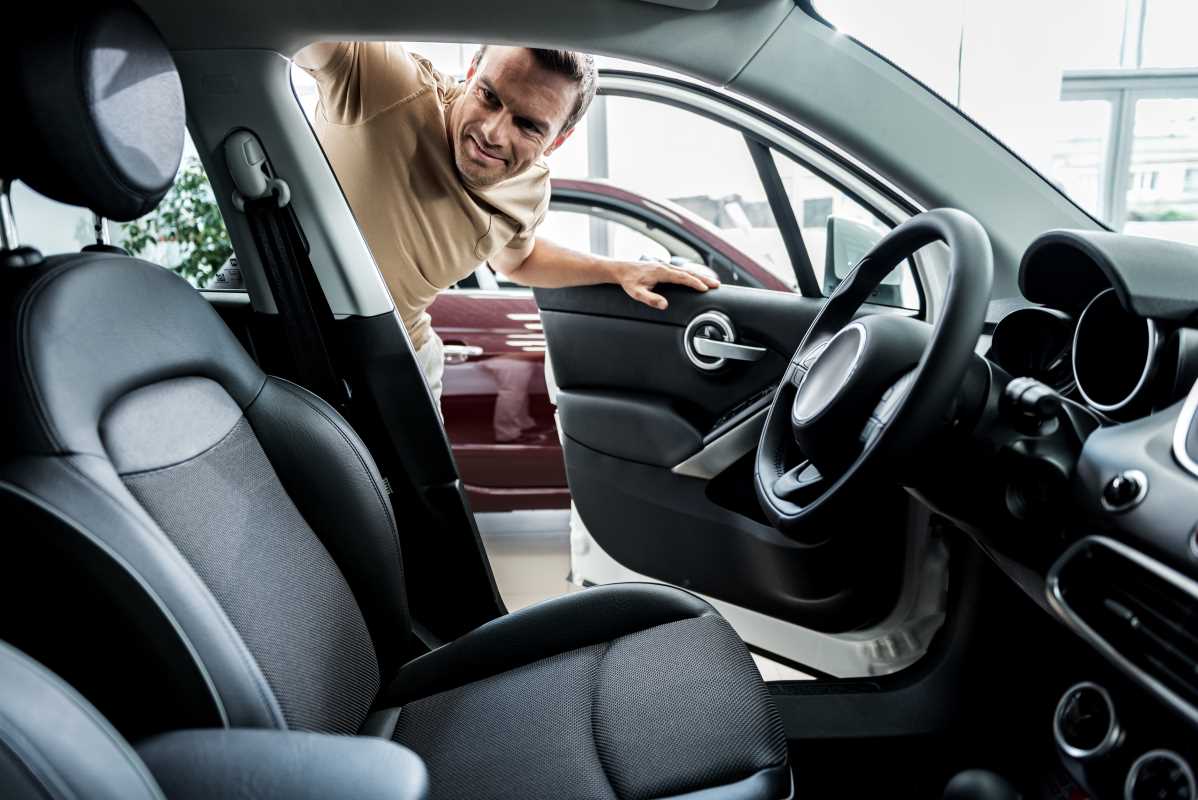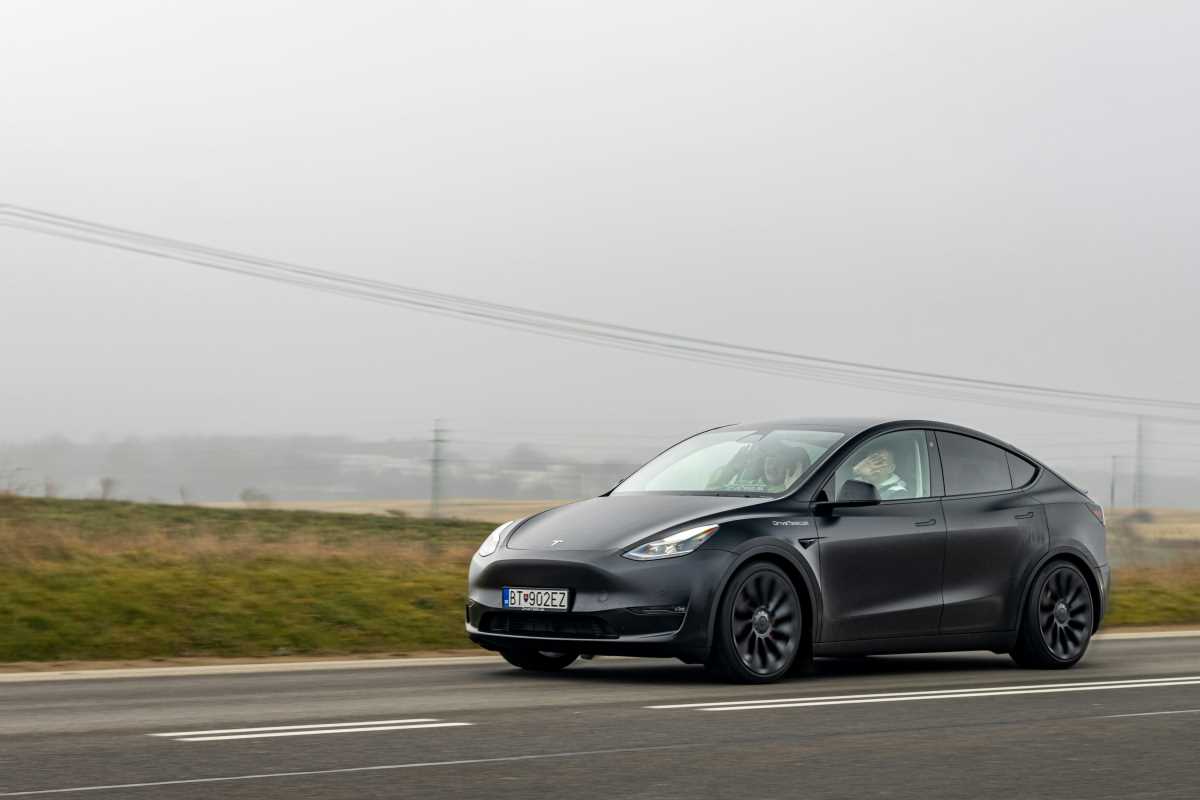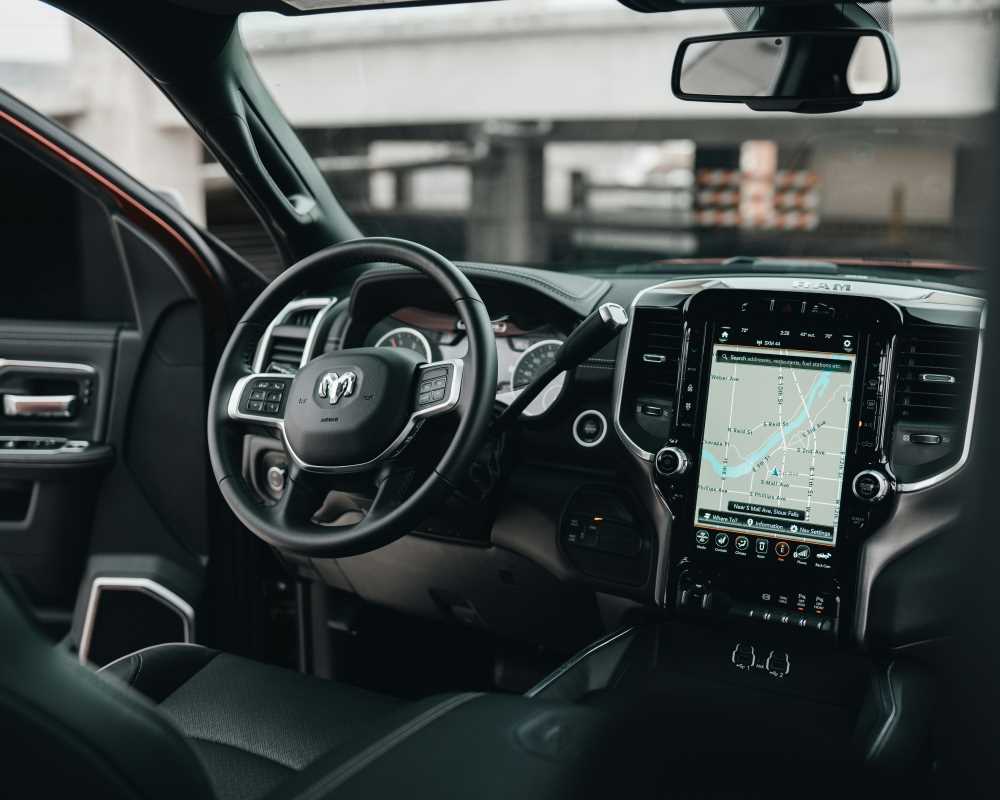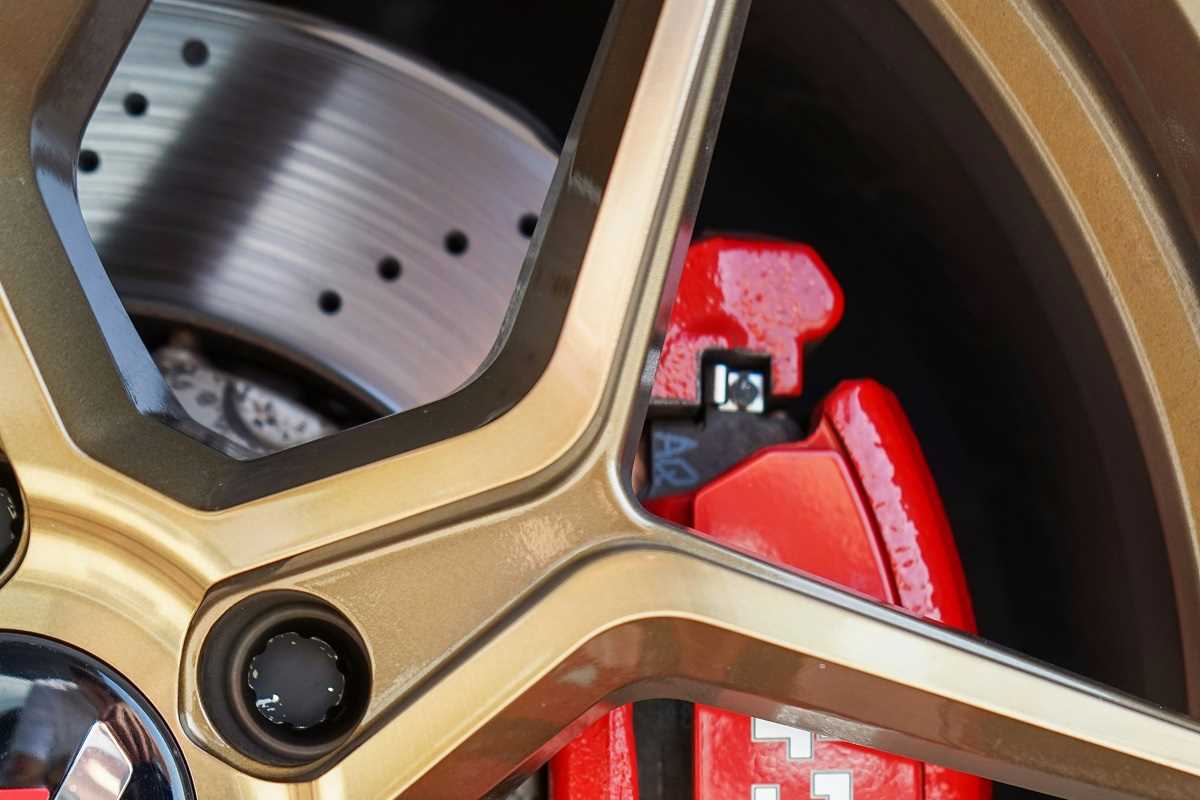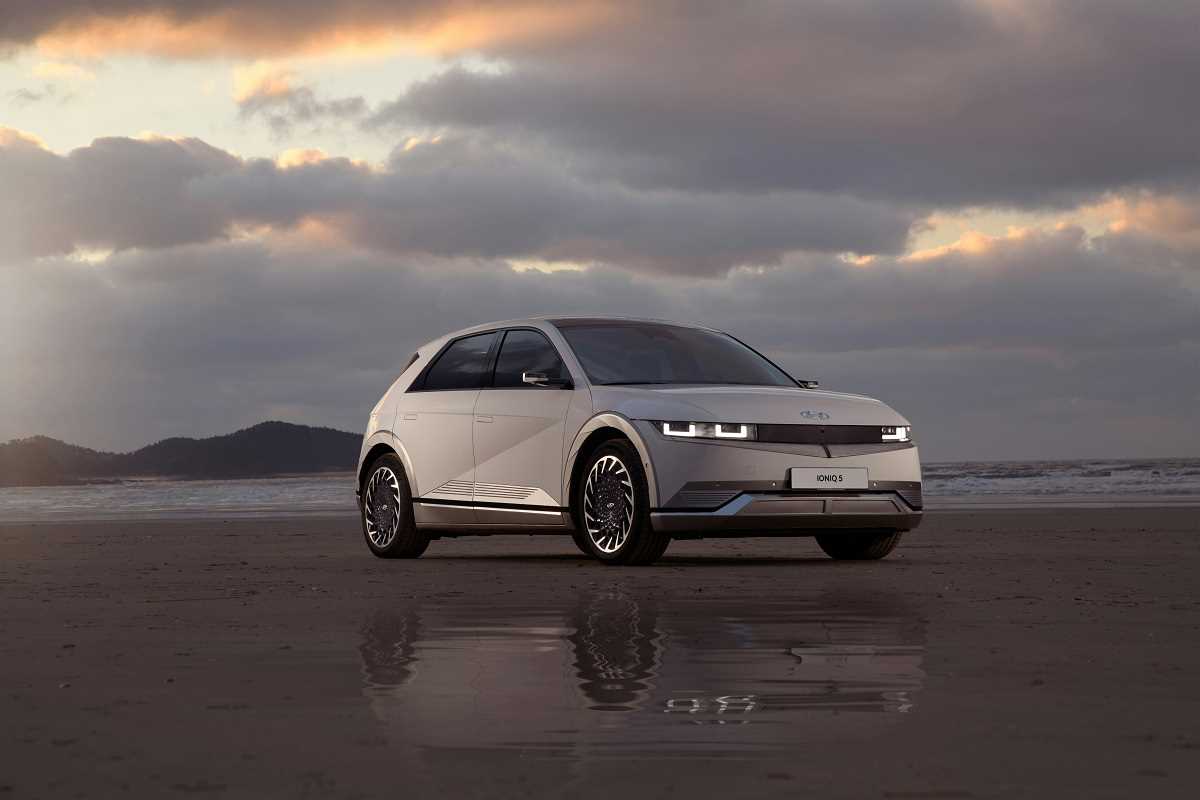Biometric technology, which refers to the use of physical or behavioral traits for identification and authentication, has made significant strides in recent years. In the automotive industry, this technology has been integrated into vehicles to enhance security, convenience, and user experience. From fingerprint sensors to facial recognition, biometric systems are transforming the way drivers interact with their cars. As vehicles become smarter, more connected, and increasingly automated, the role of biometrics in enhancing safety, personalization, and vehicle control will only continue to grow. This article explores the evolution of biometric technology in cars, its current applications, and the potential it holds for the future.
Early Beginnings of Biometric Technology in Automobiles
The use of biometric technology in vehicles is not a new concept. The idea of using biometrics to enhance car security and driver comfort emerged in the early 2000s, but it wasn’t until the 2010s that significant advancements were made. Early applications of biometric systems were primarily focused on security, particularly in the form of fingerprint recognition.
One of the first attempts to integrate biometric technology into vehicles was by automotive manufacturers who began experimenting with fingerprint scanning systems for keyless entry. This technology allowed the car to identify the owner and grant access without the need for traditional keys or fobs. Though the concept was innovative, early implementations were often expensive, complex, and not yet fully reliable. The technology was also not as advanced in terms of user experience and integration, making it difficult to scale.
The Rise of Fingerprint Recognition and Keyless Entry
In the late 2010s, with the development of more advanced sensors and computing capabilities, the automotive industry began seeing significant improvements in biometric technology. Manufacturers started introducing fingerprint recognition systems for keyless entry, allowing drivers to unlock and start their vehicles simply by scanning their fingerprints.
This technology offered a more secure alternative to traditional key fobs, which could be easily lost, stolen, or hacked. The fingerprint scanner would store the biometric data of the driver and ensure that only authorized users could access the vehicle. Companies like BMW, Tesla, and Hyundai began to experiment with this type of biometric authentication, and its success led to its integration into mainstream models.
The convenience of fingerprint recognition appealed to those who wanted to eliminate the need for traditional car keys. Moreover, these systems provided an added layer of security, making it much harder for thieves to gain access to a vehicle through unauthorized means. The popularity of smartphones, which are widely adopted fingerprint scanning technology, has also helped normalize this approach to vehicle security.
Facial Recognition: Bringing Personalization to the Forefront
In recent years, the evolution of biometric technology in cars has moved beyond fingerprint scanning to include facial recognition, offering even greater potential for personalization and convenience. Facial recognition systems use a camera inside the vehicle to scan the driver’s face, identifying them in seconds. This technology has become more sophisticated with the advent of machine learning algorithms and advanced sensors, allowing for quick, accurate identification, even in low-light conditions or when the driver is wearing accessories like glasses or hats.
The main advantage of facial recognition technology in cars is the ability to automatically adjust vehicle settings based on the driver’s preferences. For example, once the system recognizes the driver, the car can adjust the seat position, mirror settings, temperature, music, and other personal preferences without the need for the driver to manually configure them. This level of personalization creates a seamless driving experience that enhances comfort and convenience.
Facial recognition can be used for security purposes, ensuring that only authorized drivers are able to access the vehicle and start the engine. This system also improves convenience by eliminating the need for physical keys or even fingerprint scanning. In the event of theft or unauthorized use, facial recognition offers a more secure way to prevent a vehicle from being driven away.
Leading automakers like Audi and BMW have already begun integrating facial recognition systems into their vehicles. BMW’s “gesture control” system, for instance, combines facial recognition with touchless gestures to allow drivers to control their infotainment system with simple hand movements. This integration of multiple biometric systems, such as facial recognition and gesture control, is a glimpse into the future of intuitive and personalized driving experiences.
Voice Recognition and Behavioral Biometrics
While fingerprint and facial recognition systems have garnered attention for their security and personalization capabilities, the integration of voice recognition technology has also gained momentum in recent years. Voice recognition allows drivers to interact with their vehicles using natural language, eliminating the need to manually adjust settings or look away from the road to access controls.
With voice recognition, drivers can give commands for navigation, entertainment, climate control, and even vehicle diagnostics without taking their hands off the wheel or their eyes off the road. The system works by analyzing the driver’s voice and identifying unique vocal patterns that serve as biometric markers for authentication.
In addition to voice recognition, behavioral biometrics, which track a driver’s behavior patterns (such as driving habits, steering wheel grip, and even typing patterns), are beginning to be integrated into vehicles. These systems are designed to monitor the driver’s physical state, identifying signs of fatigue or impaired driving, and can alert the driver or even take corrective action, such as adjusting the car’s speed or steering if needed.
The Future of Biometric Technology in Cars
As biometric technology continues to evolve, the future of its integration into vehicles looks promising. Several advancements are expected to enhance the capabilities and applications of biometrics in cars:
- Enhanced Security: Future biometric systems will likely incorporate multi-factor authentication, combining fingerprint, facial recognition, and voice recognition for even greater security. This will make it virtually impossible for unauthorized individuals to access or operate the vehicle.
- Increased Personalization: As artificial intelligence (AI) and machine learning continue to improve, cars will become more adept at recognizing the driver’s unique preferences and adjusting the environment automatically. This could include personalized navigation routes based on driving habits, automatically adjusting the sound system to suit the driver’s tastes, or even tailoring the cabin temperature to the driver’s comfort.
- Health Monitoring: One of the most exciting potential applications of biometric technology in vehicles is health monitoring. With the integration of biometric sensors, cars may soon be able to track a driver’s vital signs, such as heart rate, body temperature, and stress levels. This information could be used to provide real-time feedback on the driver’s well-being, alerting them to signs of fatigue or health issues and even suggesting rest breaks or medical assistance when necessary.
- Driver Safety and Assistance: In the coming years, biometric technology could also play a crucial role in ensuring driver safety. By analyzing factors such as eye movement, facial expressions, and steering behavior, vehicles could detect signs of distracted or impaired driving and take preventative measures, such as alerting the driver, applying the brakes, or steering the car back into the correct lane.
